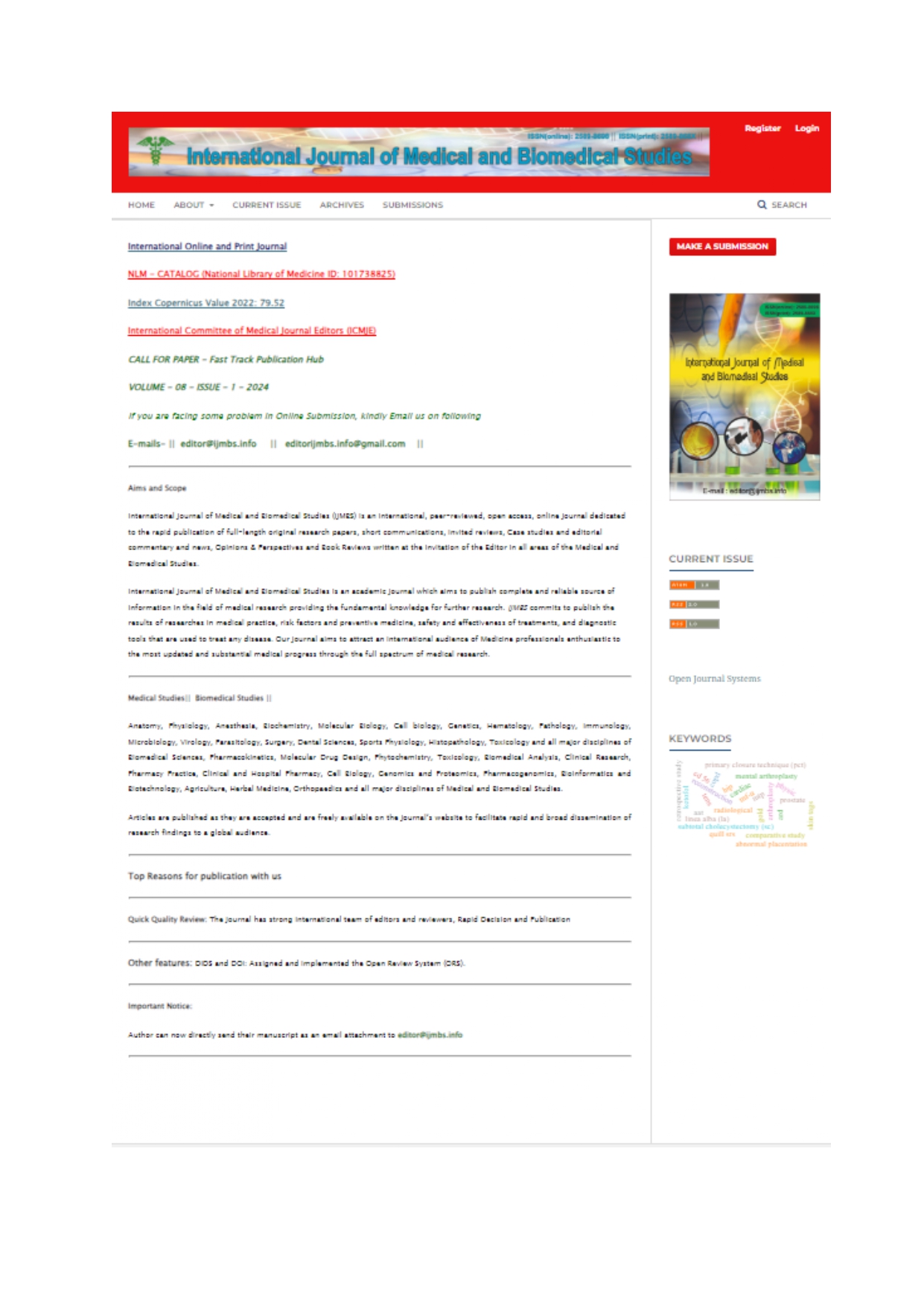
bstractBackground: Up to date there are still few studies showing the relationship between laryngopharyngeal reflux (LPR) and free sugars consumption in adolescents. We consequently aimed to discover any association of free sugars consumption with LPR in Indonesian adolescents.Methods: This cross-sectional study was conducted on 210 middle school students in Jakarta, Indonesia. Data on age and gender were collected using a questionnaire, while body mass index was determined by anthropometric measurement. Free sugars consumption and LPR were evaluated by means of Semi-Quantitative Food Frequency Questionnaire (SQ-FFQ) and Reflux Symptom Index (RSI), respectively. Data were analyzed using Mann-Whitney test at level of significance p <0.05.Results: Median age (min -max) was 16 (15 –18) years, body mass index 19.8 (15.4 –27.0) kg/m2, and free sugars consumption 6.7 (1.5 –70.6) g/day. The prevalence of LPR was 14.3%. There was a statistically significant difference in free sugars consumption of the LPR negative versus the LPR positive groups (p< 0.049).Conclusion: Free sugars consumption was strongly related to laryngopharyngeal reflux incidence. There is a need for a policy on and monitoring of free sugars consumption to decrease its harmful impact on adolescent health.Keywords: free sugars, laryngopharyngeal reflux, adolescents, IndonesiaIntroductionLaryngopharyngeal reflux (LPR) is a “syndrome caused by reflux of gastric contents into the pharynx or larynx, which leads to symptoms of throat clearing, hoarseness, pain, globus sensation, cough, excess mucus production in the throat, and dysphonia”, (1)and possibly raising the risk of laryngeal carcinoma.(2)LPR incidence and prevalence are extremely variable due to the nonspecific symptoms and absence of a gold standard diagnostic test.(3)The study conducted by Liu et al.(4)found the LPR prevalence in 17 to 25-year-old Chinese college students to be 8.1%, the LPR symptoms being linked to both emotional eating and depressive symptoms. Another study on Chinese college students conducted by Li et al.(5)showed that the LPR prevalence was 8.11%, where higher free sugars consumption resulted in a 1.656-fold rise in the LPR risk after adjustment for multiple covariates. The study by Spantideas et al.(6)reported that LPR prevalence was 18.8% in the Greek general population. LPR can be decreased by lifestyle interventions, such that in the prevention of LPR, determining its risk factors is essential.(7)Other

Oleh :
Yenny